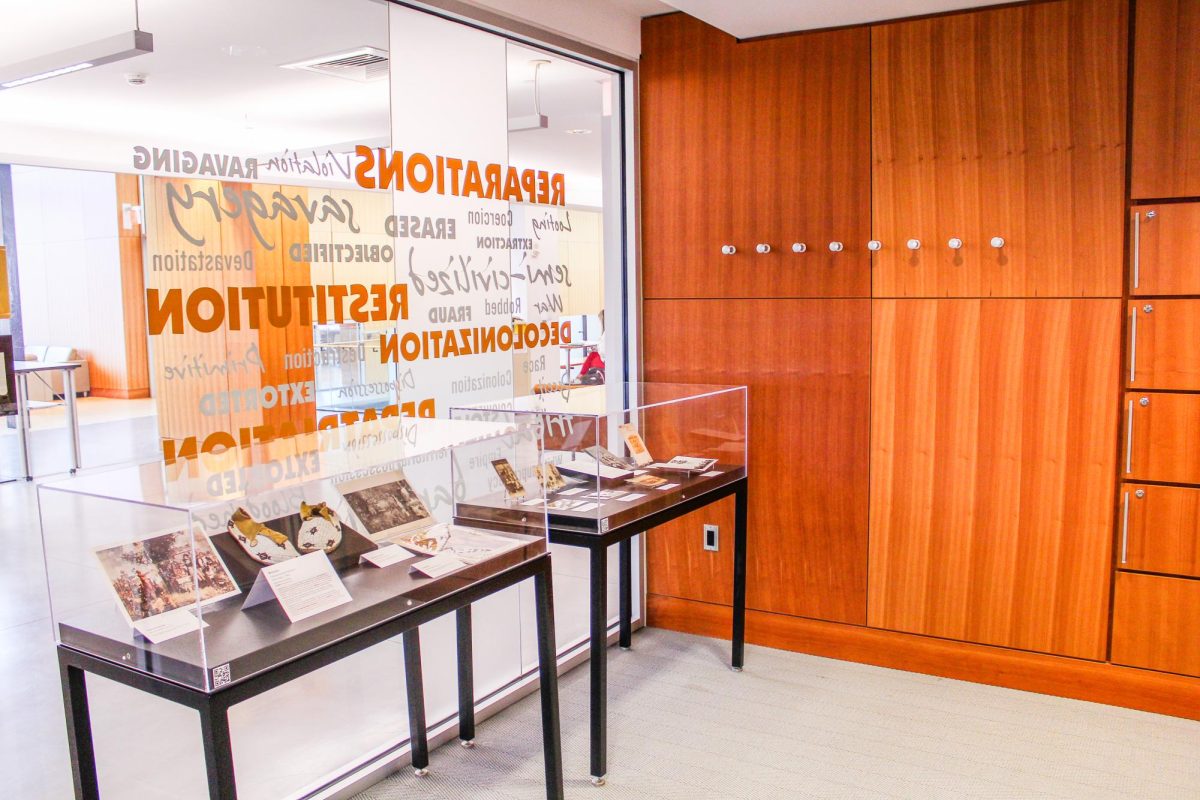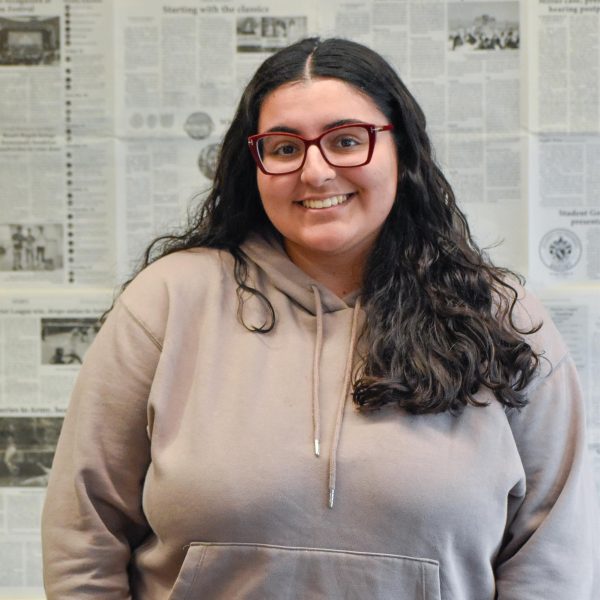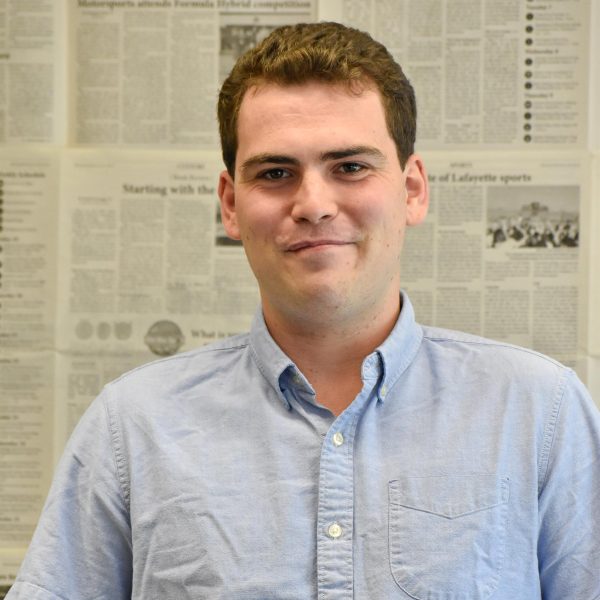How is a museum created?
This semester, “Museum Studies: History, Theory, and Debates,” a new anthropology course, aims to answer that question. In doing so, the course exposes students to how “colonialism, looting, and exploitation shaped the constructions of museums,” according to its syllabus.
The students in the class collectively curated an exhibit in Special Collections entitled “Potential History and Unlearning Imperialism,” in which they chose objects that had what the field of museum studies contends are imperialist ties erased from them in museums and their histories reframed.
“What we did is to challenge the language that it’s used in museums that sanitize these objects, that obscure the very violent context of their extraction,” Monica Salas Landa, the anthropology professor who teaches the course, said.
To Salas Landa, the course seeks to challenge how some of the world’s premiere museums frame their objects.
“If you look closer, you will see that unlike other museums, like the British Museum or the Met, [this exhibit] actually privileges indigenous names for the objects,” she continued. “We do not use quotation marks, because they can be perceived as othering. We pay a lot of attention to grammar and to those little details that we don’t notice but end up reproducing imperial ways of writing, of seeing, of thinking.”
According to Salas Landa, the exhibit is inspired by a book of the same name which seeks to help readers think deeply about the implications of museums and the objects within them.
“The whole point of the book is to make us see objects and the museum as an institution differently,” Salas Landa said. “The way that this message is conveyed is by making us think about where these objects come from and under which conditions were they taken.”
Salas Landa feels that asking questions regarding how the objects in the museum arrived there is essential to understanding the imperialist roots of museums acquiring these objects.
“Once you start asking those questions, the answer is imperialism,” Salas Landa said. “Most of these objects were extracted under very violent circumstances. This very violent process of extraction was tied to imperial projects.”
Isabella Lu ‘25, a student in the class, focused her part of the project on Japanese imperial postcards that highlight the oppression of the Taiwanese people by the Japanese, who forced the Taiwanese people on the postcards to pose in certain ways.
“For my display, I chose a number of postcards from the imperial postcard collection, from the larger East Asia image collection,” Lu said.
“Obviously, you can tell on their faces that they absolutely did not want to be there and that they’re being forced to pose in a way or they are being portrayed as being lesser than the Japanese,” Lu continued. “It creates a sense of otherness that the Japanese really wanted to spread around and share with the world.”
According to Salas Landa, colonialist themes are evident in the other students’ projects as well, emphasizing the importance of the project.
“Each of the objects that you will see here have a very similar story,” she added.
Ava Zimmerman ‘25, another student in the class, feels that the exhibit is valuable in bringing awareness to common misconceptions surrounding museums.
“We see objects in museums, it’s like ‘Oh, … it was a gifting agreement’ when it’s never really a gifting agreement,” Zimmerman said. “We just have all these items in places stolen from places that don’t have them themselves.”
“The exhibit and the book went into a lot of reclaiming that idea and shedding light on it,” she continued. “The fact that it is a stolen history.”
Bernadette Russo ’24 contributed reporting.
Disclaimer: Design Director Elisabeth Seidel ’26, a student in the class, did not contribute writing or reporting.
Correction 11/18/2023: A previous version of this article’s photo caption misspelled the surname of author Ariella Aïsha Azoulay.

























































































































Prof. Salas Landa • Nov 17, 2023 at 11:44 pm
The last name of the author of the book Potential History, that inspired our exhibit is Ariella Aïsha Azoulay. Please correct your caption.